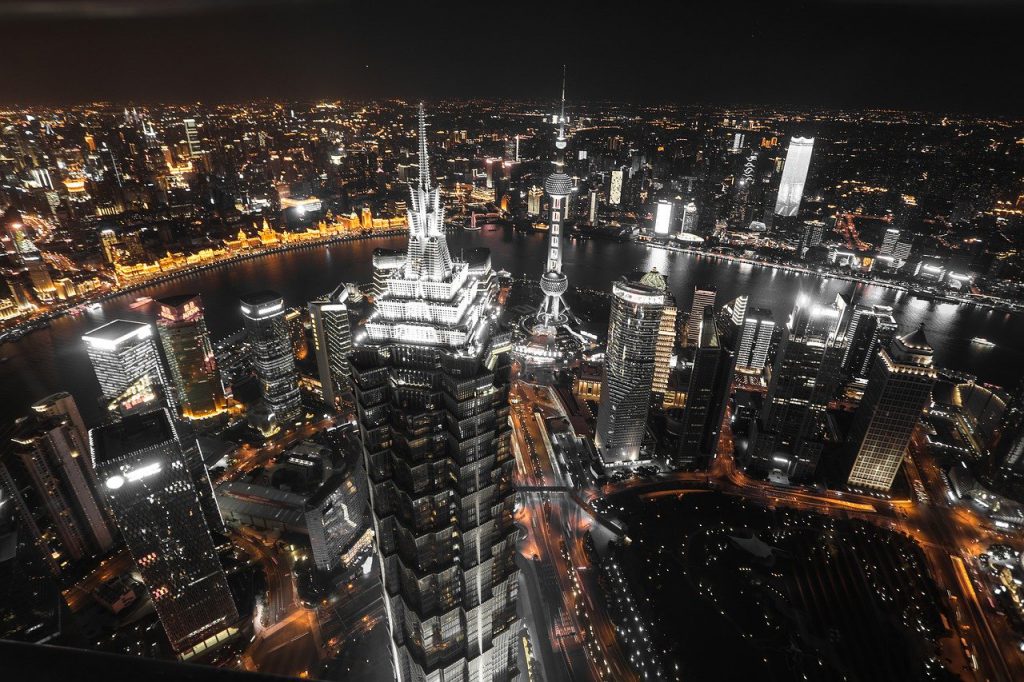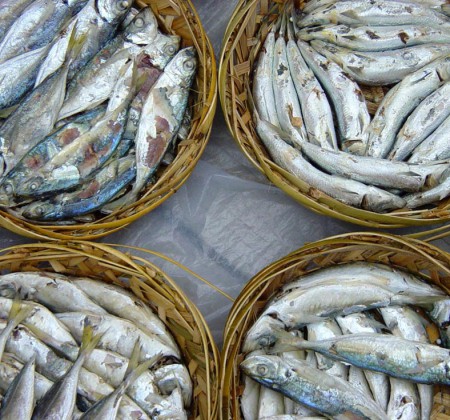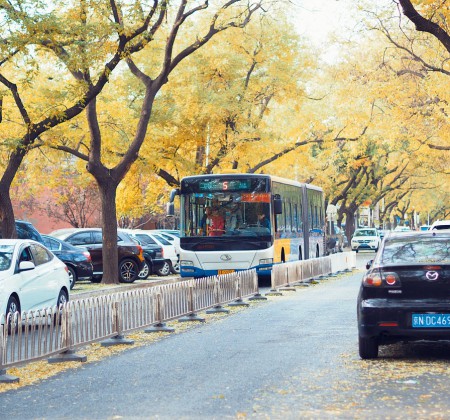What Type of Climate Does Shanghai Have?
Introduction: what are the types and characteristics of climate in Shanghai? Although Shanghai is a slightly northerly area in the south of China, it is rich in precipitation because it is a coastal area and the middle and lower reaches of the Yangtze River. However, Shanghai has humid and cold winters, high temperatures and rainy summers, especially typhoons. So, what kind of climate is Shanghai? What are the characteristics of this type of climate? Let’s find out together.
Shanghai has a subtropical monsoon climate with four distinct seasons, sufficient sunshine and abundant rainfall. Shanghai has a mild and humid climate, with shorter spring and autumn and longer winter and summer. In 2013, the city’s average temperature was 17.6 ℃, sunshine was 1885.9 hours, and precipitation was 1173.4 mm. More than 60% of the annual rainfall is concentrated in the flood season from May to September.
In Shanghai, winter and summer are long, spring and autumn are short, winter is 99 days, summer is 132 days, spring and autumn add up to 134 days, and spring is slightly longer than autumn. Shanghai belongs to the northern subtropical marine monsoon climate, with an annual average temperature of about 17.1 ℃, the highest in July with a monthly average of 28.6 ℃, and the lowest in January with a monthly average of 4.8 ℃. The annual precipitation is 1159.2mm, the annual average number of thunderstorm days is 30.1 days, and the snowfall is rare. There is no severe cold in winter, and you can travel all the year round, of which spring and autumn are the best travel seasons. The average annual sunshine hours is 1855 hours.
The coldest winter in Shanghai is in January and February, with an extreme minimum temperature of about 5 degrees below zero, occasionally snowing and raining.
But the winter in Shanghai is bleak, which is different from the dry and cold in the north. There is no heating in the room, it all depends on air-conditioning. Many northerners can’t stand the winter in Shanghai and still have to wear down jackets.
Generally speaking, after the rainy season in Shanghai, it begins to get hot in late June, and it is the hottest in July, 1989 and March.
Short sleeves can be worn in mid-late May. It is the Meiyu season between mid-June and early July, and the weather is humid and muggy. After plum emergence, late July is the time for the highest temperature of the year in Shanghai. Generally, the highest temperature is 38 degrees, 39 degrees. In August, especially after leaving, the temperature begins to drop. The highest temperature is about 35 degrees. In case of a typhoon, the highest temperature will drop to about 30 degrees in two or three days. There will be autumn tigers in September, and there will be no high temperature in mid-late September.
When Is the Rainy Season in Shanghai?
From the annual average, the plum rain season in Shanghai usually occurs between mid-June and early July, when the plums in the south of the Yangtze River are ripe, and the so-called “plum yellow rain” is called “plum rain”.
Meiyu weather is characterized by overcast and rainy, abundant rainfall, high relative humidity, short sunshine time, generally continuous precipitation, but can also be accompanied by showers or thunderstorms. The Meiyu in the middle and lower reaches of the Yangtze River is usually caused by the Meiyu front maintained in the Yangtze-Huaihe River Basin for a long time, and it is not isolated and maintained. It is one or more precipitation periods formed by the north-south and east-west swing of the monsoon system in East Asia. It is necessary to consider not only the effects of subtropical high and monsoon activities, but also the changes of weather factors such as temperature, humidity, wind and pressure.
The criteria for entering plum are complicated, but they must meet the requirements of high temperature and high humidity at the same time.
What Month Is the Typhoon in Shanghai?
Shanghai is usually affected by typhoons from July to September.
Typhoons are seasonal, from late July to early August every year, the subtropical high is not particularly strong, some of them are on land, the main body is at sea, and the guiding air flow is obvious, and typhoons are most likely to hit coastal areas such as Shanghai. However, Shanghai is generally only affected by the periphery of the typhoon, accompanied by a more common cooling of the weather and strong wind and rain.
What Kind of Climate Is Shanghai?
The subtropical monsoon climate is located near the Tropic of Cancer, forming a subtropical monsoon, and because it is located in the coastal area, it is affected by sea breezes in summer, blowing southeasterly winds, and blowing northwesterly winds in winter under the influence of cold winds from Siberia. The alternation of seasons has formed the monsoon.
What Belt Does Shanghai Belong To? What Are the Characteristics of the Climate?
Subtropical monsoon climate.
The climate is characterized by:
It is high temperature and rainy in summer and low temperature and little rain in winter.
The Climate of Shanghai All the Year Round

I have been in Shanghai for more than 8 years.
From experience, Shanghai has four distinct seasons, but spring and autumn feel quickly over, and the cold winter and hot summer are the same for a long time.
From mid-November to early March, it is colder, the coldest being about minus 3 degrees Celsius. It is best to wear a down jacket.
From mid-March to mid-May in spring, the temperature is about 15 degrees. You can wear a single coat or a thin coat.
It is hotter from late May to late August, up to about 39 degrees. Short sleeves or single clothes.
The weather is cool from early September to early November, about 18 degrees, autumn. You can wear a single coat or a thin coat.










